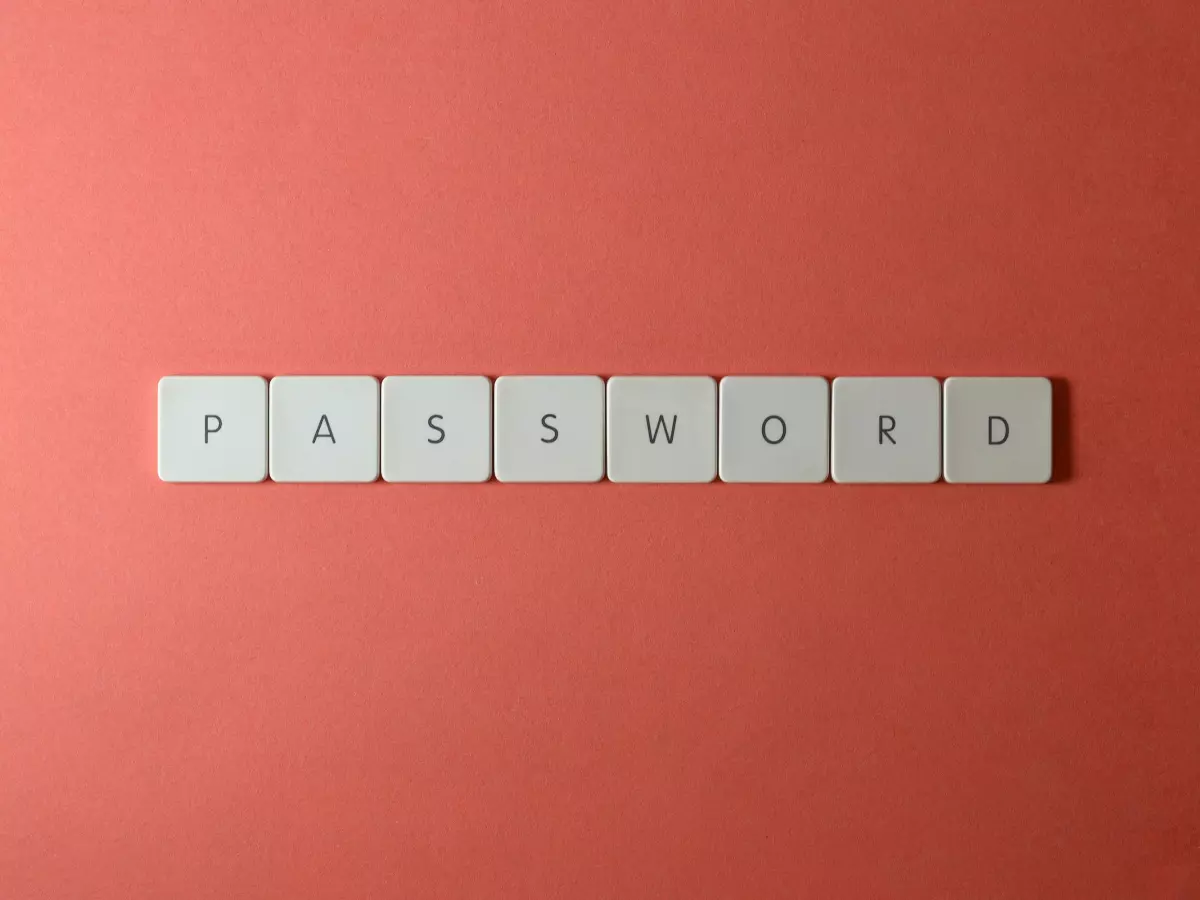Immutability: Not So Unbreakable
Blockchain’s immutability is often praised as its ultimate security feature, but it’s not as invincible as it seems.

By Jason Patel
We’ve all heard it: blockchain is immutable, meaning once a transaction is recorded, it can’t be changed. Sounds like the ultimate security feature, right? Well, not so fast. While immutability is one of blockchain’s most celebrated characteristics, it’s not without its flaws. In fact, this “unchangeable” nature can sometimes be a double-edged sword, leaving the door open to some surprising vulnerabilities.
First, let’s break down what immutability really means. In blockchain, immutability refers to the fact that once data is written into a block and added to the chain, it’s incredibly difficult to alter. This is achieved through cryptographic hashing and consensus mechanisms like Proof of Work (PoW) or Proof of Stake (PoS). But here’s the kicker: while it’s hard to change the data, it’s not impossible. And that’s where things get interesting.
The 51% Attack: Immutability’s Kryptonite
Let’s start with the infamous 51% attack. In a decentralized blockchain, consensus is key. Most blockchains rely on a majority of nodes agreeing on the validity of transactions. But what happens if a single entity controls more than 50% of the network’s mining power? Spoiler alert: they can rewrite history.
This is known as a 51% attack, and it’s the Achilles’ heel of blockchain immutability. If an attacker gains control of the majority of the network’s computational power, they can manipulate the blockchain by reversing transactions, double-spending coins, or even preventing new transactions from being confirmed. In other words, immutability goes out the window.
While large blockchains like Bitcoin are relatively safe from this due to their massive size, smaller blockchains are much more vulnerable. In fact, several smaller cryptocurrencies have already fallen victim to 51% attacks, proving that immutability isn’t always as ironclad as it’s made out to be.
Hard Forks: When Immutability Takes a Backseat
Another scenario where blockchain immutability can be compromised is during a hard fork. A hard fork occurs when a blockchain’s community decides to make a significant change to the protocol, often leading to two separate chains. This can happen for various reasons, such as fixing a security flaw or implementing new features.
When a hard fork occurs, the immutability of the original chain is called into question. Transactions that were once considered final on the old chain may no longer be valid on the new chain. In some cases, users may even end up with duplicate coins on both chains, leading to confusion and potential security risks.
Take the Ethereum hard fork in 2016, for example. After the infamous DAO hack, the Ethereum community decided to fork the blockchain to reverse the hacker’s transactions and return the stolen funds. While this decision was made to protect the network, it also demonstrated that immutability could be overridden when the stakes are high enough.
Quantum Computing: The Future Threat to Immutability
Now, let’s talk about the future. While blockchain’s immutability is currently protected by cryptographic algorithms, there’s a looming threat on the horizon: quantum computing. Quantum computers have the potential to break the cryptographic hashes that secure blockchain transactions, rendering immutability useless.
Currently, most blockchains rely on algorithms like SHA-256, which are incredibly difficult for classical computers to crack. However, quantum computers operate on a completely different level. With enough qubits, a quantum computer could theoretically break these cryptographic hashes in a matter of seconds, allowing an attacker to alter the blockchain’s history.
While quantum computing is still in its infancy, it’s only a matter of time before it becomes a real threat to blockchain security. Developers are already working on quantum-resistant algorithms, but until they’re widely adopted, the future of blockchain immutability remains uncertain.
The Human Factor: Immutability’s Weakest Link
Finally, let’s not forget the human element. While blockchain’s immutability is a technical feature, it’s still subject to human error and manipulation. For example, if a private key is compromised, an attacker can gain control of a user’s funds and make irreversible transactions. In this case, immutability works against the victim, as there’s no way to reverse the fraudulent transaction.
Additionally, governance issues can also impact immutability. In decentralized networks, decisions are often made through community consensus. However, if a small group of influential stakeholders gains too much power, they can push through changes that compromise the immutability of the blockchain. This can lead to centralization, which goes against the very principles of blockchain technology.
What’s Next for Blockchain Immutability?
So, where does this leave us? While blockchain immutability is undoubtedly a powerful feature, it’s not a silver bullet for security. As we’ve seen, it’s vulnerable to attacks, forks, quantum computing, and even human error. Moving forward, the blockchain community will need to continue innovating and developing new solutions to address these challenges.
Quantum-resistant algorithms, improved governance models, and enhanced security protocols are just a few of the potential solutions on the horizon. But one thing’s for sure: the myth of blockchain’s invincibility is just that—a myth. And as the technology evolves, so too must our understanding of its limitations.





